-
 bitcoin
bitcoin $108842.957301 USD
-1.88% -
 ethereum
ethereum $3931.777121 USD
-1.66% -
 tether
tether $1.000186 USD
-0.03% -
 bnb
bnb $1153.250882 USD
-2.20% -
 xrp
xrp $2.367904 USD
-1.94% -
 solana
solana $186.182050 USD
-4.20% -
 usd-coin
usd-coin $0.999997 USD
0.00% -
 tron
tron $0.316949 USD
-1.00% -
 dogecoin
dogecoin $0.190780 USD
-3.12% -
 cardano
cardano $0.651324 USD
-2.67% -
 hyperliquid
hyperliquid $37.141055 USD
-0.85% -
 ethena-usde
ethena-usde $0.999224 USD
-0.09% -
 chainlink
chainlink $17.579031 USD
-2.47% -
 bitcoin-cash
bitcoin-cash $509.426284 USD
-2.79% -
 stellar
stellar $0.315298 USD
-2.93%
How often do mining pools pay out?
Mining pool payout frequency varies by model—PPS offers near-instant rewards, while PPLNS pays only after block discovery, with intervals depending on pool hash rate and luck.
Aug 06, 2025 at 02:35 am
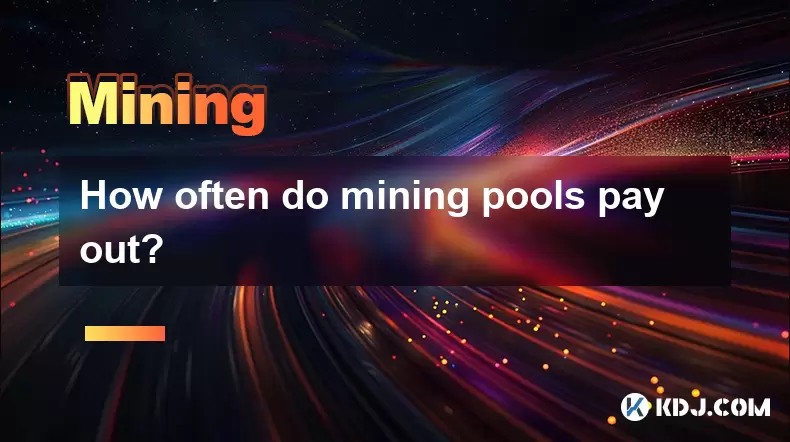
Understanding Mining Pool Payout Structures
Mining pools distribute rewards to miners based on their contribution to the overall hashing power of the pool. The frequency of payouts depends on the specific payout method the pool uses. Different pools adopt different models to balance fairness, operational costs, and user experience. The most common payout structures include Pay Per Share (PPS), Proportional, Pay Per Last N Shares (PPLNS), and Score-Based Systems. Each of these has its own rules governing when and how often miners receive payments. The payout frequency is not universal and can vary from real-time microtransactions to weekly disbursements.
Pay Per Share (PPS) – Immediate and Consistent Rewards
In the Pay Per Share (PPS) model, miners are compensated for each valid share they submit, regardless of whether the pool finds a block. This means that even if no block is mined during a given period, miners still receive payouts. The payment frequency under PPS is typically high—some pools offer near-instant payouts or disbursements on a daily basis. The pool operator assumes the risk of variance, which allows for more predictable income for miners. However, because the operator bears the risk, PPS pools often charge higher fees. Miners who prioritize stability and regular income may prefer this model.
- Miners receive a fixed amount per share submitted
- Payments can be processed in real time or daily
- The pool operator pays from its own reserves when blocks are not found
- Higher pool fees are common due to assumed risk
PPLNS: Payouts Tied to Block Discovery
The Pay Per Last N Shares (PPLNS) model calculates rewards based on the number of valid shares a miner submitted during a window of time preceding a block find. Unlike PPS, payouts occur only when the pool successfully mines a block. Therefore, the frequency of payouts under PPLNS depends on the pool’s luck and hash rate. High-hash pools may find blocks every few hours, leading to frequent disbursements, while smaller pools might take days. Miners must wait for a block to be found before receiving any reward, making income less predictable.
- Rewards are distributed only after a block is mined
- The payout window is determined by the last N shares submitted
- Long mining sessions without breaks maximize earnings
- Frequent pool hopping can reduce returns
Some PPLNS pools implement shifting windows, where the N value adjusts dynamically based on pool activity. This prevents manipulation and ensures fairness. Because payouts are event-driven rather than time-driven, miners must monitor block discovery rates to estimate when they will receive funds.
Proportional and Score-Based Models
The Proportional payout method distributes block rewards based on the percentage of shares each miner contributed during a specific round (from the last block to the current one). Payouts occur immediately after each block is found, making frequency dependent on mining success. This model is simple but vulnerable to pool hopping, where miners switch pools mid-round to maximize gains.
The Score-Based System assigns points to shares based on difficulty and time submitted. Older shares lose value over time, discouraging hopping. Payouts are processed each time a block is mined, with accumulated points converted into cryptocurrency. The frequency mirrors block discovery, so miners in high-performance pools benefit from more consistent disbursements.
- Proportional: Share contribution per round determines payout
- Score-Based: Time-weighted points system prevents exploitation
- Both models trigger payouts upon block confirmation
- Pool hash rate directly influences payout intervals
Automatic vs. Manual Payouts and Thresholds
Beyond the payout method, withdrawal thresholds and automation settings affect how often miners actually receive funds. Most pools require a minimum balance before initiating a payout. This threshold can range from 0.001 BTC in Bitcoin pools to several hundred dollars’ worth of altcoins. Once the threshold is met, some pools process payments automatically every few hours, while others do so daily or weekly.
- Automatic payouts trigger when balance exceeds the set minimum
- Manual payouts allow miners to withdraw at will, often with a transaction fee
- Low thresholds enable frequent microtransactions but may increase blockchain fees
- Some pools offer dynamic thresholds based on network congestion
For example, a miner using a PPS pool with a 0.001 BTC threshold and high hash power might receive multiple payouts per day. In contrast, a small miner in a PPLNS pool with a 0.01 BTC threshold might wait days or weeks between disbursements, especially if block finds are infrequent.
Factors Influencing Payout Frequency
Several variables determine how often a miner gets paid. The pool’s total hash rate impacts how frequently blocks are found—larger pools like F2Pool or Antpool discover blocks more regularly, leading to more frequent PPLNS or proportional payouts. The cryptocurrency being mined also matters; networks with shorter block times (e.g., Litecoin every 2.5 minutes) enable more frequent reward distribution than Bitcoin (10 minutes). Additionally, network fees and transaction costs may cause pools to batch payments to reduce on-chain expenses.
- High-hash pools increase block discovery likelihood
- Shorter block intervals allow more frequent payouts
- Transaction fees may delay disbursements to minimize costs
- Payout servers may have scheduled maintenance affecting timing
Miners should review a pool’s payout schedule, fee structure, and historical block find rate before joining. Real-time dashboards often display the last payout timestamp and pending balance, helping miners anticipate when funds will arrive.
Frequently Asked Questions
Can I change my payout threshold on a mining pool?Yes, most mining pools allow users to adjust their minimum payout threshold in the account settings. Lowering the threshold results in more frequent but smaller payments, while raising it consolidates transactions. However, some pools impose limits on how low the threshold can go to prevent spam or excessive blockchain fees.
Do all mining pools pay out in the same cryptocurrency?No, pools typically pay out in the same cryptocurrency being mined. For example, a Bitcoin mining pool pays in BTC, while an Ethereum pool pays in ETH. Some multipools automatically switch between coins based on profitability and may pay in a different asset than expected, though this is less common.
What happens if I mine below the payout threshold?If your balance remains below the minimum payout threshold, the funds stay in your account until you either increase your hashrate or the pool accumulates enough for a disbursement. No rewards are lost, but you won’t receive any transactions until the threshold is met.
Are there pools that offer hourly payouts?Yes, certain PPS or FPPS (Full Pay Per Share) pools with automated systems and low thresholds can issue hourly or even real-time payouts, especially for miners contributing significant hash power. These are more common in large, well-funded pools that can manage liquidity and transaction costs efficiently.
Disclaimer:info@kdj.com
The information provided is not trading advice. kdj.com does not assume any responsibility for any investments made based on the information provided in this article. Cryptocurrencies are highly volatile and it is highly recommended that you invest with caution after thorough research!
If you believe that the content used on this website infringes your copyright, please contact us immediately (info@kdj.com) and we will delete it promptly.
- HBAR Under Pressure: Geopolitical Tensions and a Weekly Decline
- 2025-10-18 06:25:13
- WIF Trades, Bollinger Bands, and Bitcoin's Wobble: A Crypto Roundup
- 2025-10-18 06:25:13
- PEPE, Bitcoin, and Meme Coins: Navigating the Wild Ride
- 2025-10-18 06:30:14
- BlockDAG, Litecoin, VeChain: Navigating Crypto's Past, Present, and Future
- 2025-10-18 06:45:13
- Gold Coins, Spanish Shipwrecks, and Divers' Discoveries: A Treasure Trove of History
- 2025-10-18 06:30:14
- Floki Price Wobbles: Bollinger Bands, Macro Headwinds, and Meme Coin Mania
- 2025-10-18 06:35:12
Related knowledge
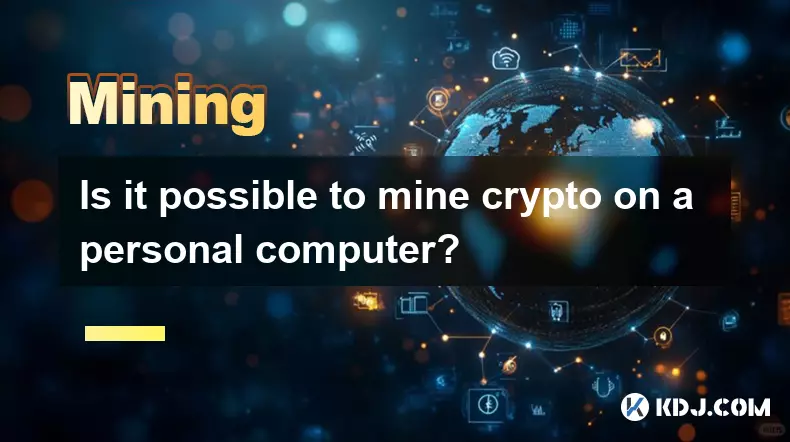
Is it possible to mine crypto on a personal computer?
Oct 14,2025 at 08:18pm
Can You Mine Cryptocurrency Using a Personal Computer?1. Yes, it is technically possible to mine cryptocurrency on a personal computer. Early in the h...
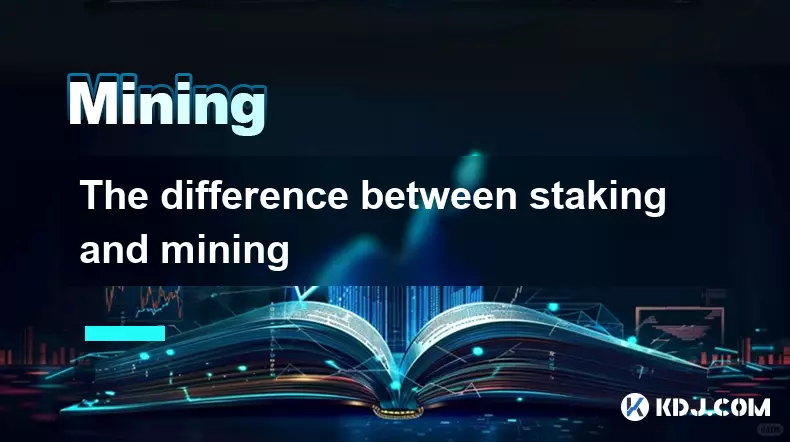
The difference between staking and mining
Sep 24,2025 at 05:18am
Understanding Staking in the Cryptocurrency Ecosystem1. Staking involves holding funds in a cryptocurrency wallet to support the operations of a block...
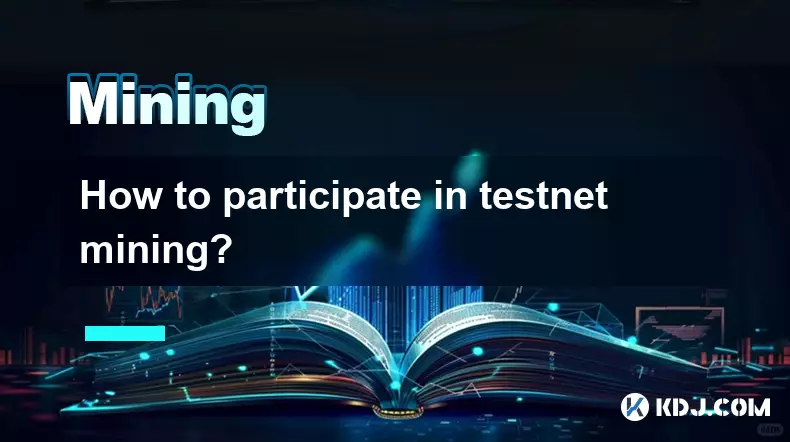
How to participate in testnet mining?
Sep 22,2025 at 09:18am
Understanding Testnet Mining in the Crypto Ecosystem1. Testnet mining is a method used by blockchain developers to simulate real-world conditions on a...

How to dispose of abandoned mining machines?
Sep 19,2025 at 08:19pm
Assessing the Condition of Abandoned Mining Rigs1. Begin by inspecting each mining machine for visible damage, corrosion, or missing components. Machi...

How to identify high-quality mining pools?
Sep 21,2025 at 03:19pm
Reputation and Track Record1. A mining pool’s reputation is built over time through consistent performance and transparency. Pools that have operated ...
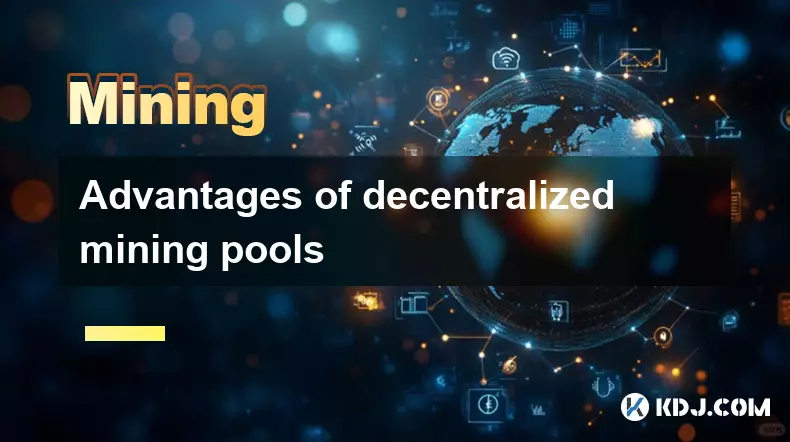
Advantages of decentralized mining pools
Sep 20,2025 at 04:36pm
Enhanced Security and Resistance to Censorship1. Decentralized mining pools operate on blockchain-based smart contracts, eliminating the need for a ce...

Is it possible to mine crypto on a personal computer?
Oct 14,2025 at 08:18pm
Can You Mine Cryptocurrency Using a Personal Computer?1. Yes, it is technically possible to mine cryptocurrency on a personal computer. Early in the h...

The difference between staking and mining
Sep 24,2025 at 05:18am
Understanding Staking in the Cryptocurrency Ecosystem1. Staking involves holding funds in a cryptocurrency wallet to support the operations of a block...

How to participate in testnet mining?
Sep 22,2025 at 09:18am
Understanding Testnet Mining in the Crypto Ecosystem1. Testnet mining is a method used by blockchain developers to simulate real-world conditions on a...

How to dispose of abandoned mining machines?
Sep 19,2025 at 08:19pm
Assessing the Condition of Abandoned Mining Rigs1. Begin by inspecting each mining machine for visible damage, corrosion, or missing components. Machi...

How to identify high-quality mining pools?
Sep 21,2025 at 03:19pm
Reputation and Track Record1. A mining pool’s reputation is built over time through consistent performance and transparency. Pools that have operated ...

Advantages of decentralized mining pools
Sep 20,2025 at 04:36pm
Enhanced Security and Resistance to Censorship1. Decentralized mining pools operate on blockchain-based smart contracts, eliminating the need for a ce...
See all articles










































































